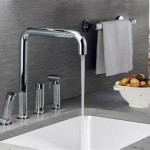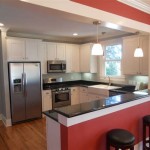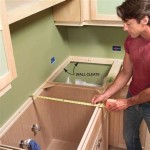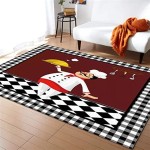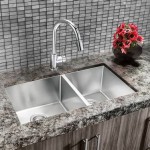Glazing kitchen cabinets is a great way to give your kitchen a fresh, new look. Whether you’re a homeowner looking for a quick and affordable way to update their kitchen, or a professional contractor looking for a good investment, glazed kitchen cabinets are a great option. Glazing kitchen cabinets can add richness and depth to the cabinets, bringing out the unique details of the cabinetry and giving the entire kitchen a more luxurious look. This article will cover the basics of glazing kitchen cabinets, including the different types of glaze and the best techniques for applying glaze to your cabinets.
Types of Glaze
The first step in glazing kitchen cabinets is to select the type of glaze you’d like to use. There are two primary types of glaze: oil-based and water-based glaze. Oil-based glaze is thicker and more durable than water-based glaze, and is often used for darker colors such as espresso and mahogany. Water-based glaze is thinner and more translucent, and is ideal for lighter and brighter colors. Once you’ve decided on the type of glaze you’d like to use, you’ll need to choose the color of the glaze. You can choose from a wide variety of colors, from white to deep, dark brown.
Preparation for Glazing Kitchen Cabinets
Before you begin glazing your kitchen cabinets, it’s important to prepare the cabinets properly. Start by cleaning the cabinets with a mild soap and water. Be sure to remove any dirt, grease, or residue, as this can interfere with the glaze and cause it to chip or peel. Next, sand the cabinets lightly with a fine-grit sandpaper to create a smooth, even surface. This will help ensure that the glaze will adhere properly and won’t peel off or chip. Once the cabinets are clean and sanded, you’ll need to apply a primer. This will help the glaze to adhere and allow it to fully penetrate the wood.
Applying Glaze
Once your cabinets are prepared and ready to go, you can begin applying the glaze. Start by applying a thin coat of glaze to the entire cabinet and letting it dry for at least an hour. When the glaze is dry, you can go back and apply a second coat of glaze, focusing on the details of the cabinet such as the edges, the corners, and any raised or recessed areas. Once the second coat is dry, you can add a third coat of glaze if needed. Make sure to let the glaze dry completely between each coat so that it won’t smudge or run.
Finishing Touches
Once you’ve applied the glaze to your kitchen cabinets, you’ll want to give them a few finishing touches. Start by lightly sanding the cabinets with a fine-grit sandpaper, and then wiping them down with a damp cloth. This will help to remove any excess glaze and give the cabinets a smooth, even finish. Once the cabinets are clean and dry, you can apply a sealant to protect the glaze and help it last for years to come.















Related Posts

